Normal Sorting Worksheets Activities With Answers for Ages 6-7
9 filtered results
-
From - To
Welcome to our engaging "Normal Sorting Worksheets Activities with Answers for Ages 6-7"! Designed to enhance logical thinking and sorting skills, these worksheets are perfect for young learners. Each activity encourages children to categorize items based on attributes like color, size, and shape, fostering critical reasoning abilities while making learning fun. With a variety of scenarios, kids will enjoy sorting through charming visuals and relatable themes. The answer key included ensures easy assessment for parents and teachers. Perfect for classroom use or at-home learning, these worksheets help lay a strong foundation for future math and critical thinking success. Explore now!
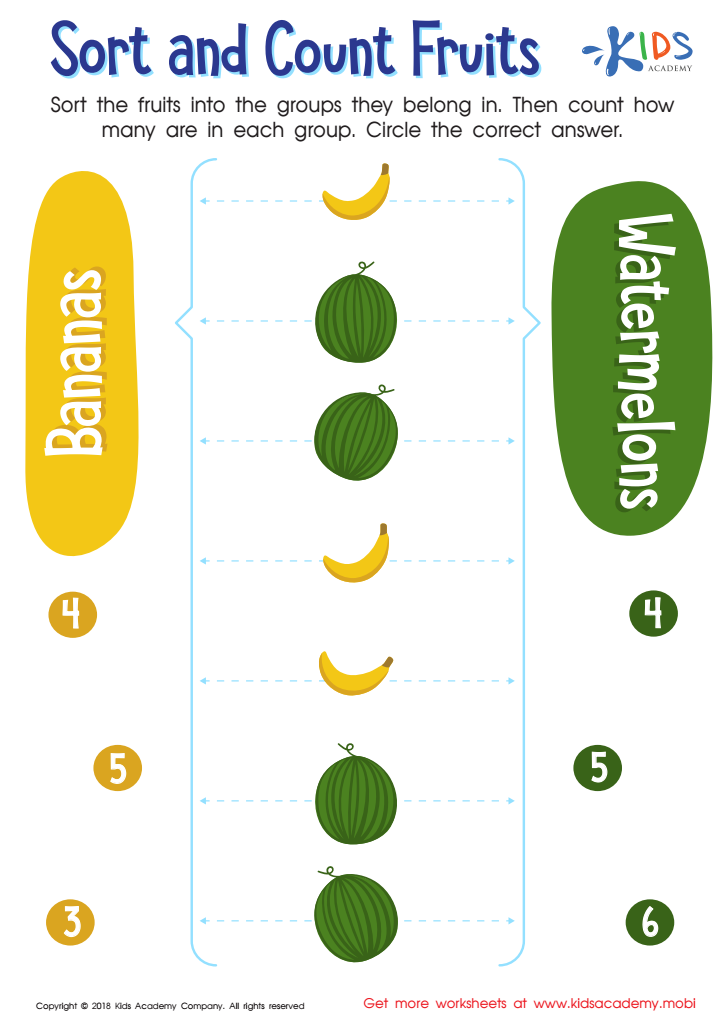

Sort and Count Fruits Worksheet
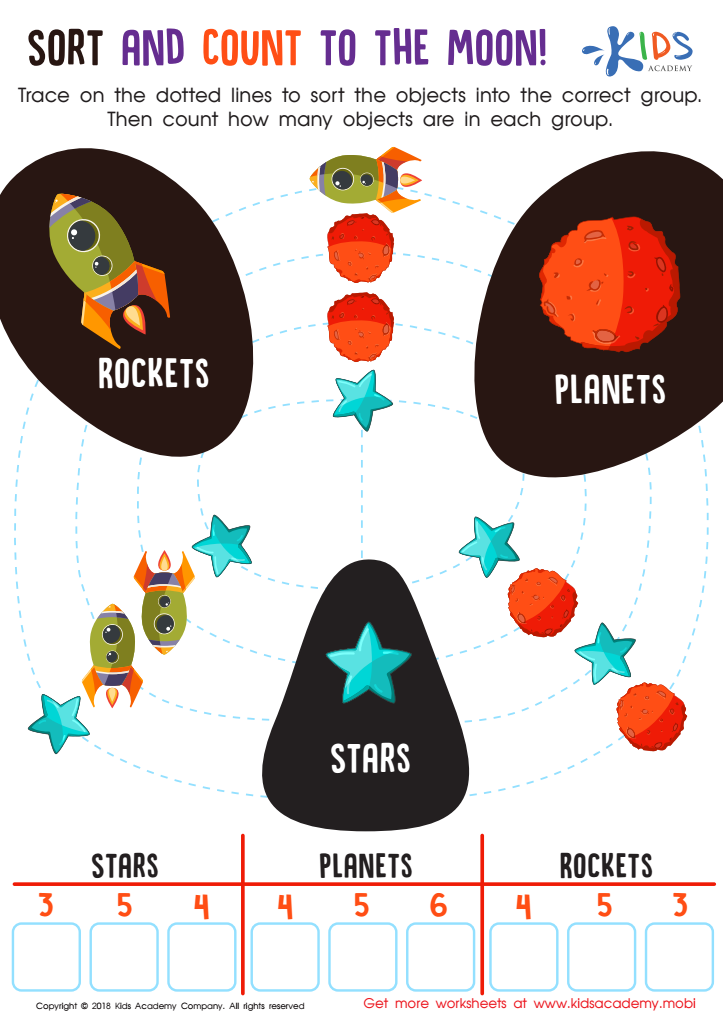

Sort and Count to the Moon Worksheet
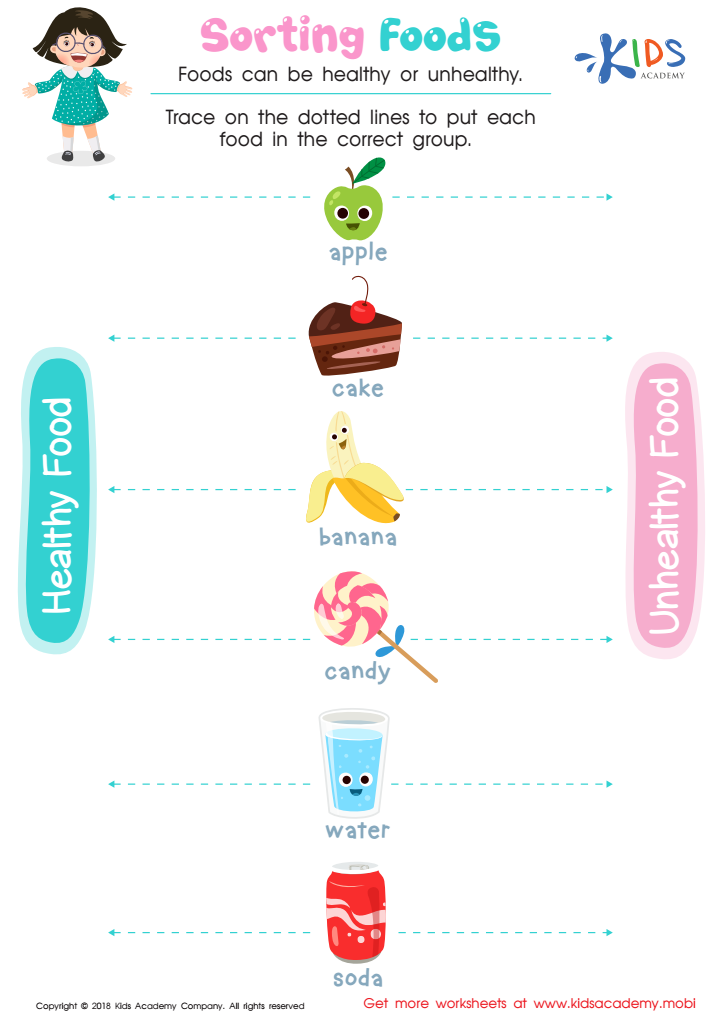

Sorting Food Worksheet


Sorting Animals in 3 Groups Worksheet
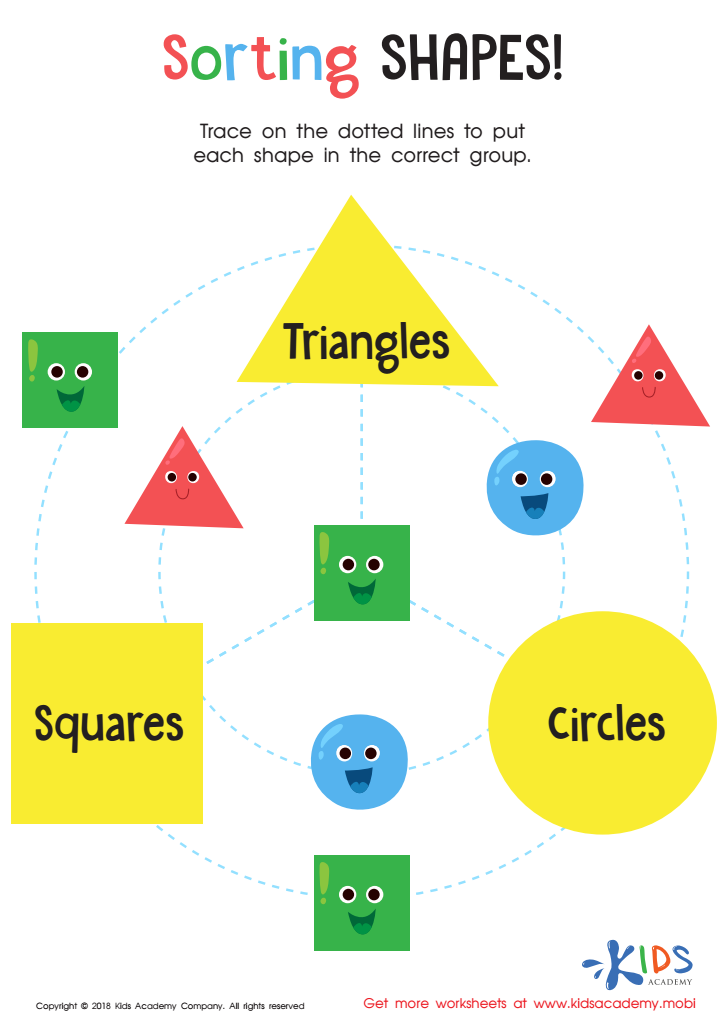

Sorting Shapes - Part 3 Worksheet
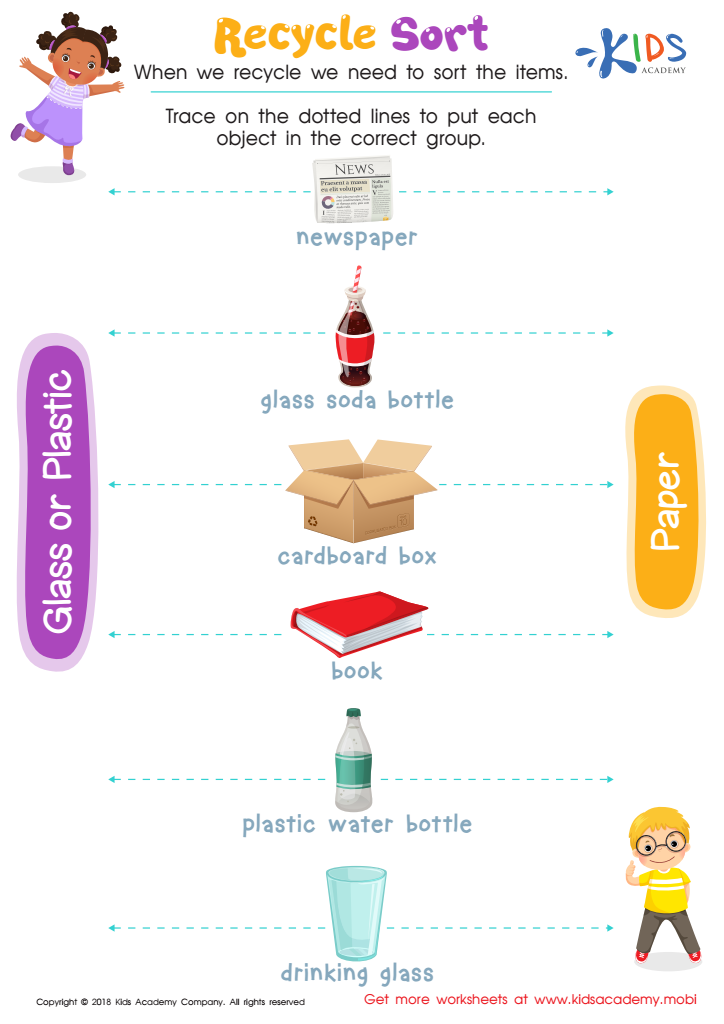

Recycle Sort Worksheet
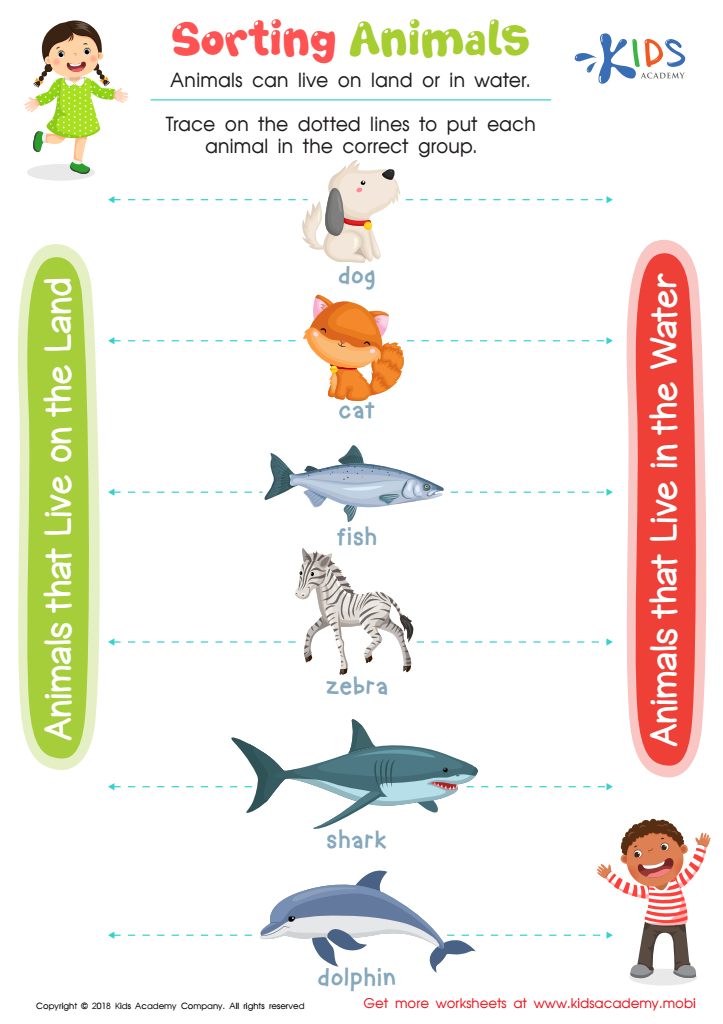

Sorting Animals Worksheet
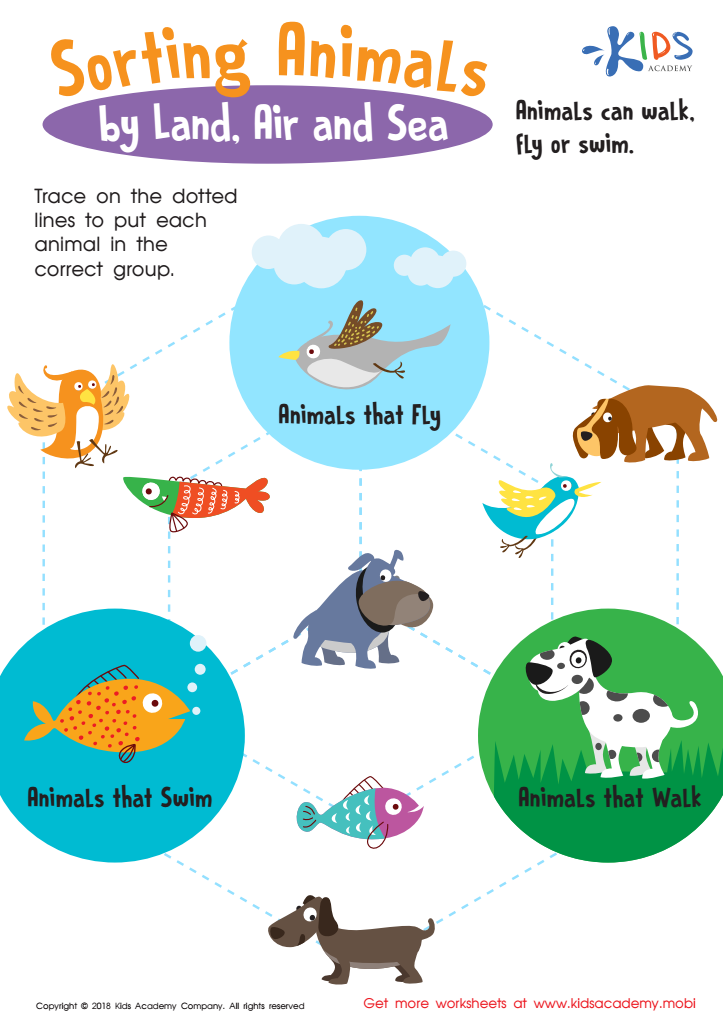

Sorting Animals by Land, Air and Sea Worksheet
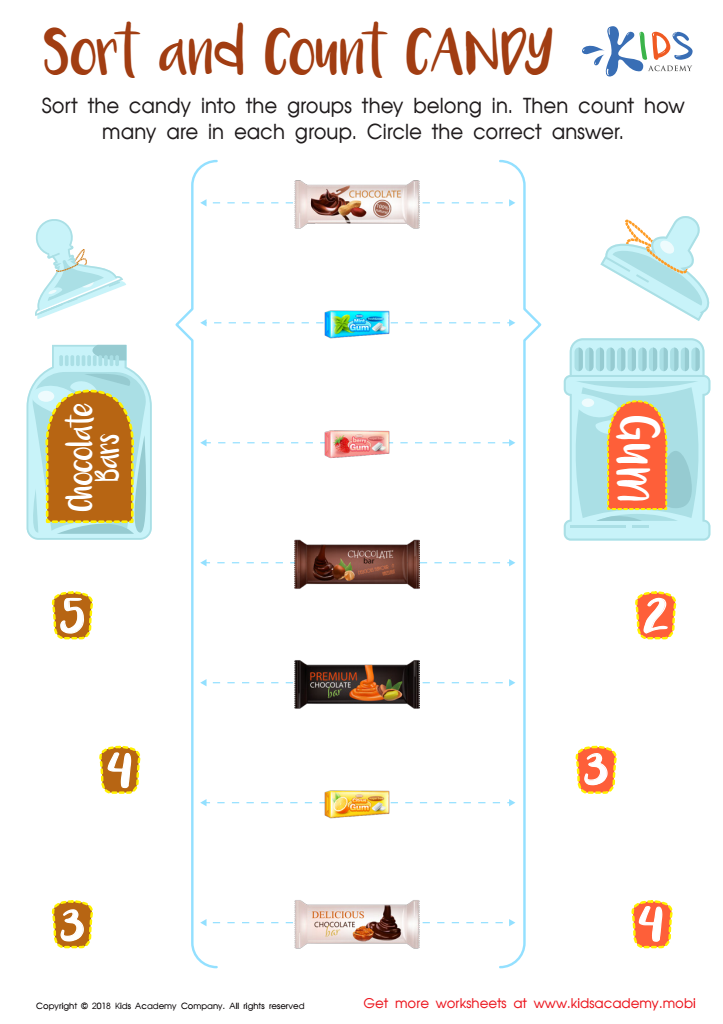

Sort and Count Candy Worksheet
Parents and teachers should care about normal sorting activities for ages 6-7 because these activities play a crucial role in early child development. Sorting helps children develop critical cognitive skills, including categorization, analysis, and problem-solving. By engaging in sorting tasks, young learners enhance their ability to recognize similarities and differences, laying the groundwork for more complex reasoning skills later on.
Moreover, sorting activities foster organizational skills. Children learn how to group items based on attributes such as size, shape, color, or function, which promotes logical thinking and precision. This skill directly correlates with foundational math concepts, including understanding patterns and basic statistics, as children begin to comprehend how different groups relate to one another.
Additionally, these activities support language development, as children learn to describe their sorting choices using relevant vocabulary. They also create opportunities for social interaction when done in groups, promoting teamwork and communication skills.
In terms of providing age-appropriate challenges, well-structured sorting activities can motivate children and instill a love for learning. Overall, normal sorting activities not only contribute to essential skill-building in early education but also set children on a path for academic success and lifelong learning.

 Assign to My Students
Assign to My Students





.jpg)










